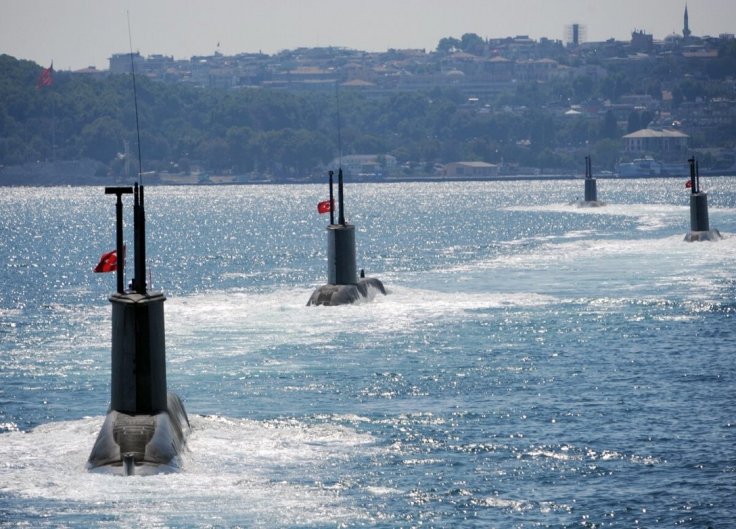Russia is apparently planning an eight-year mission aimed at removing radioactive items submerged in the Arctic seafloor. The mission will be carried out by Russian state atomic energy corporation Rosatom and in these eight years, six dangerous radioactive items that include, nuclear fuel reactors and nuclear submarines will be removed from the seabed.
According to reports, most of the nuclear submarines were deliberately scuttled by the Soviet military during the Cold War. K-159, one of the submarines sunk during a storm in the Barents Sea on August 30, 2003, while it was being towed away to a scrapyard. Nine crew members also died during this mishap.
Nuclear Reactors and Submarines Reached Seabed

Citing Roatom, State news agency TASS reported that these sunken objects in the seabed are responsible for 90 percent of the background radiation in the Russian Arctic. In the meantime, a section of environmentalists has started blaming global nuclear powers for intentionally polluting the oceans using radioactive substances.
Not Just Radiation, Plastic Creates More Troubles in Oceans
Apart from radioactive substances, rising plastic wastes in the sea is another factor that is negatively affecting the marine ecology. A few days back, a study conducted by researchers at the Pew Charitable Trusts and SYSTEMIQ had suggested that plastic wastes in oceans could be tripled in the next two decades.
Researchers who took part in this study also warned that drastic measures should be taken to control the plastic pollution in oceans. As per the study report, 29 million metric tonnes of plastic is entering the oceans every year, up from 11 million metric tonnes.
The study report also claimed that the recent coronavirus outbreak is also escalating plastic pollution in the oceans. Due to the pandemic outbreak, there is a drastic surge in single-use plastic consumption, and most of these wastes are getting dumped on the ocean floor.









